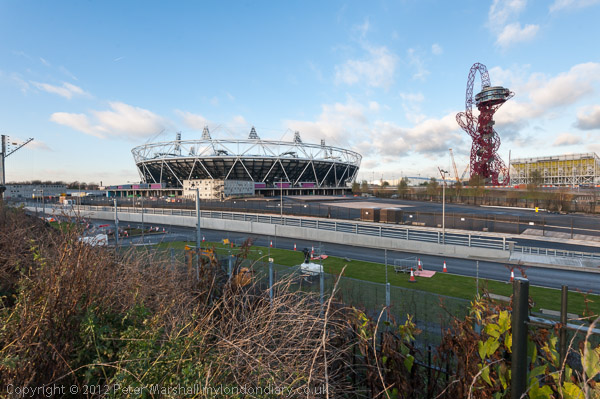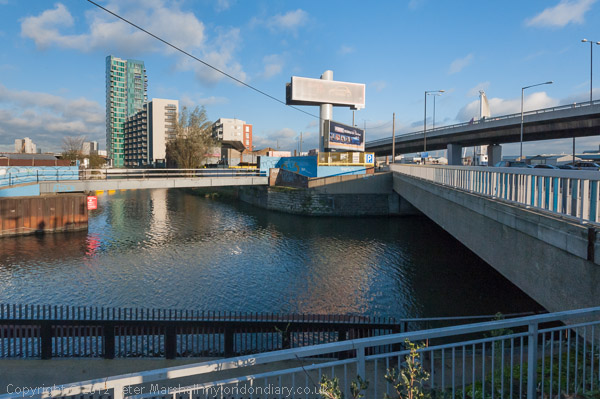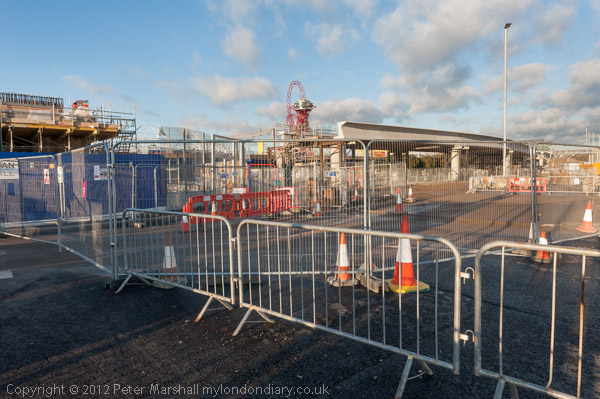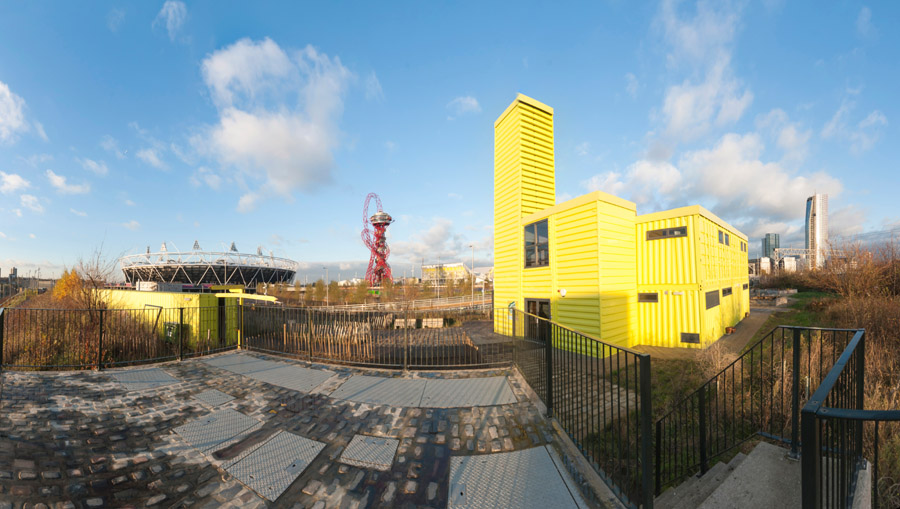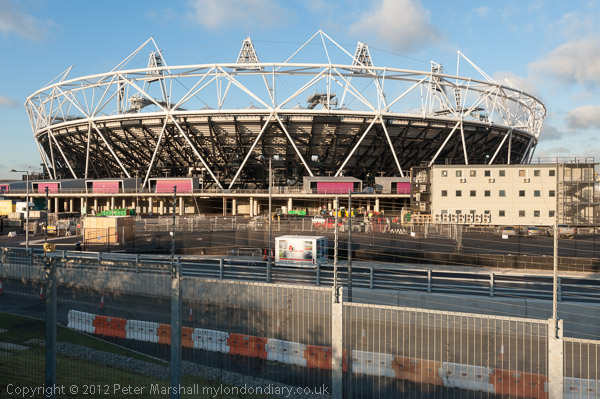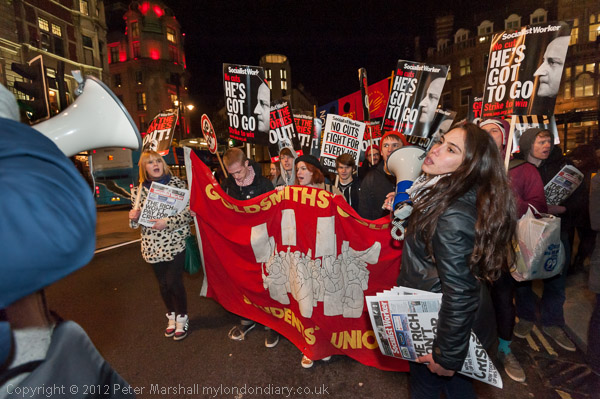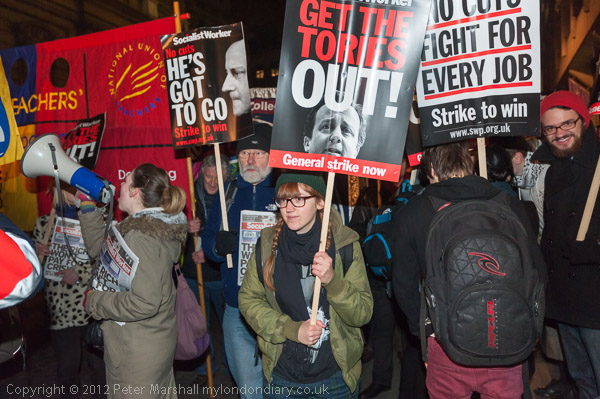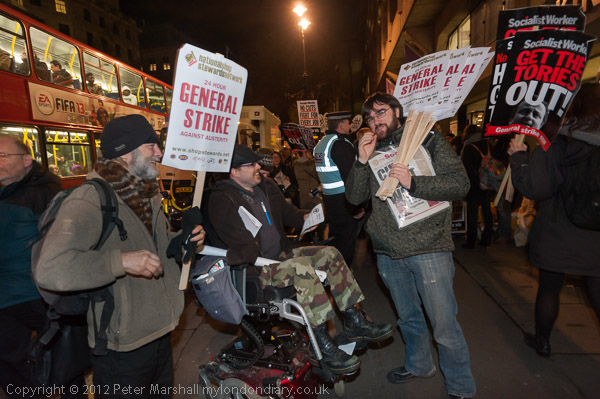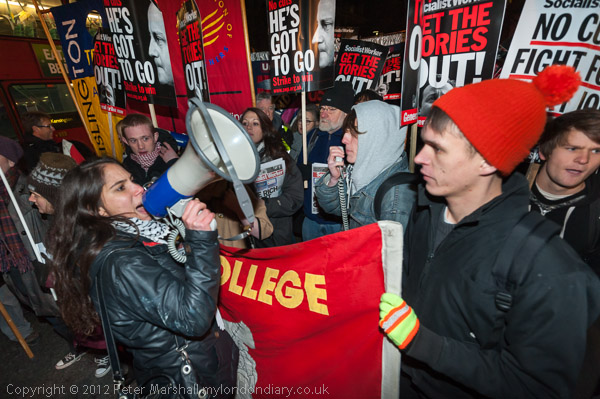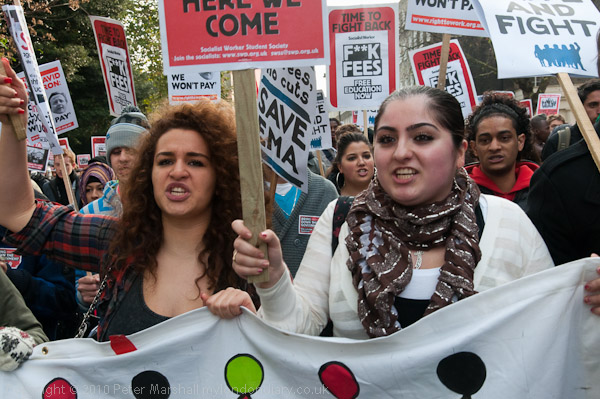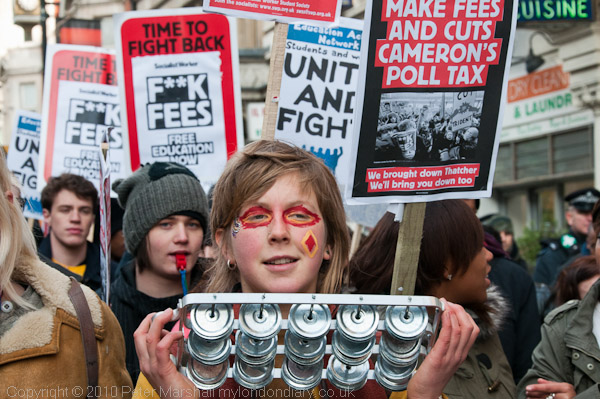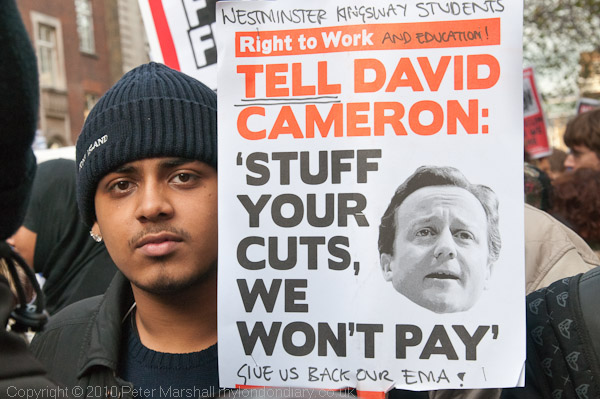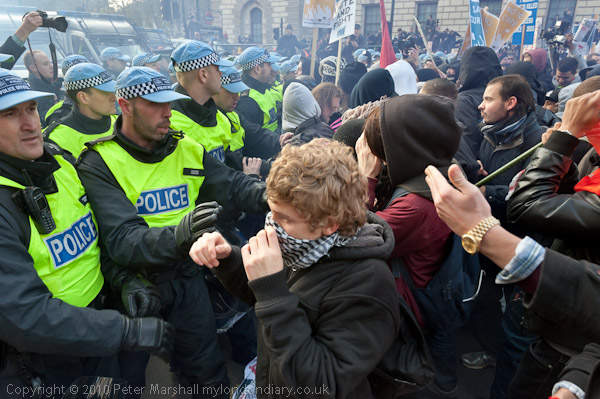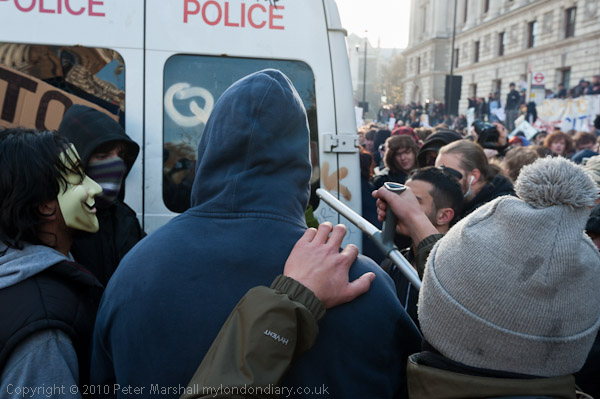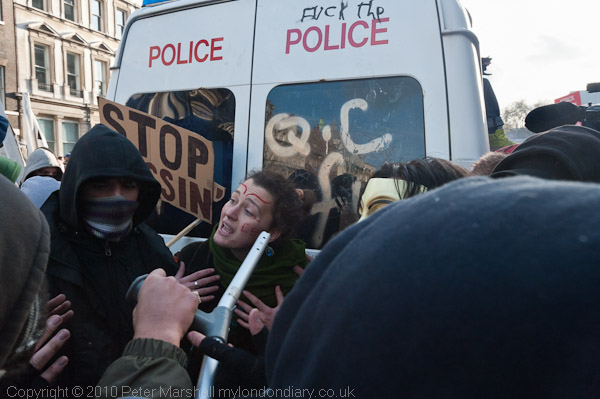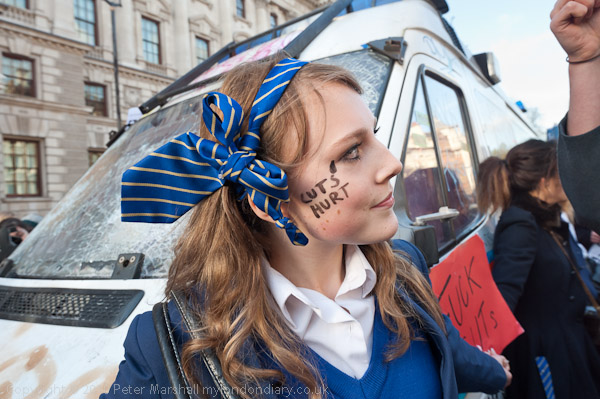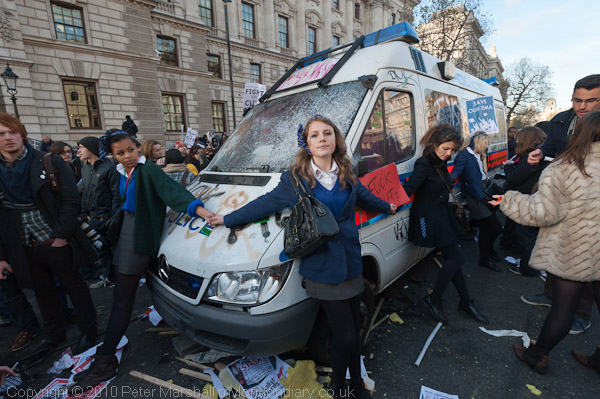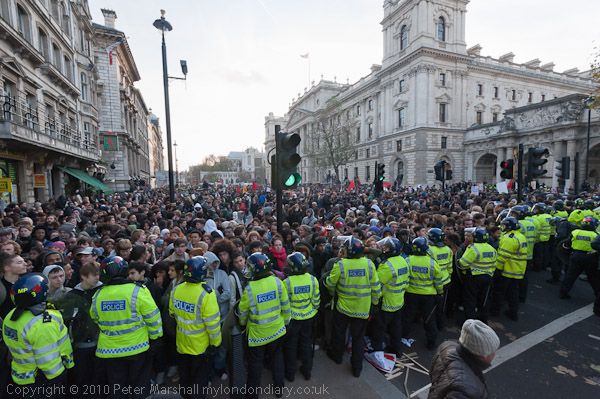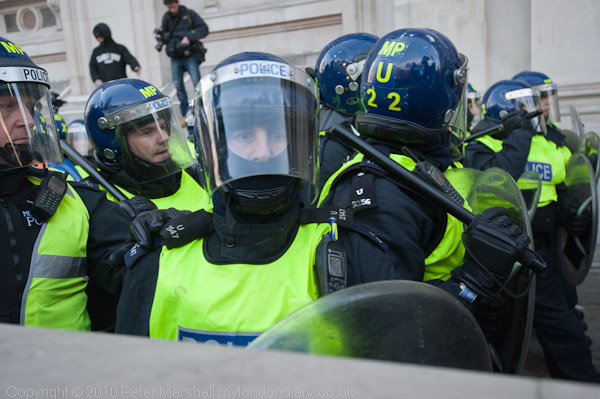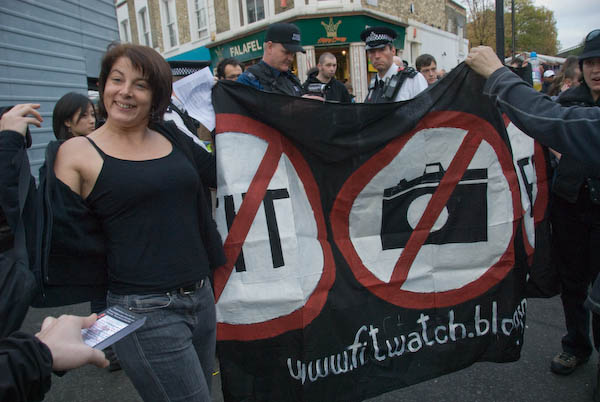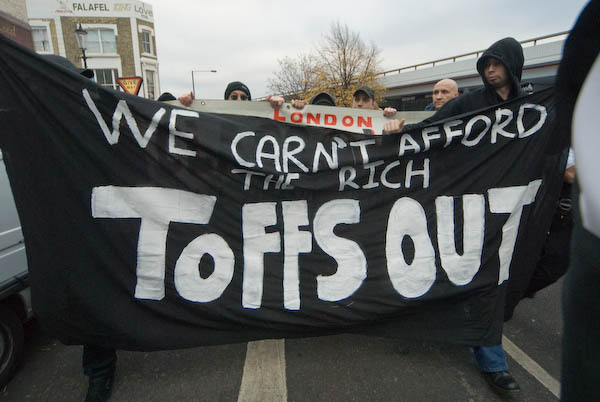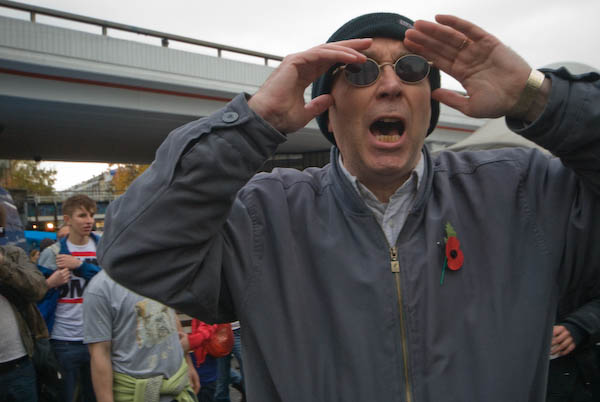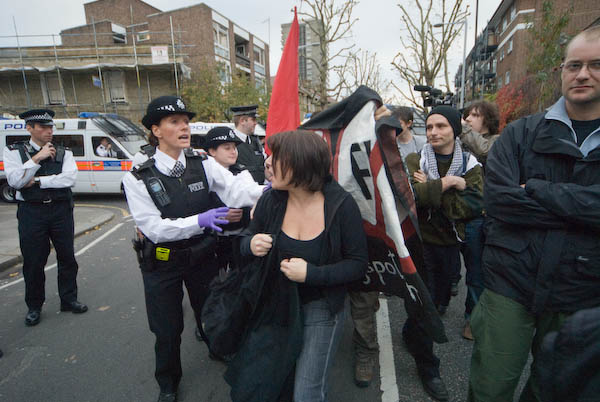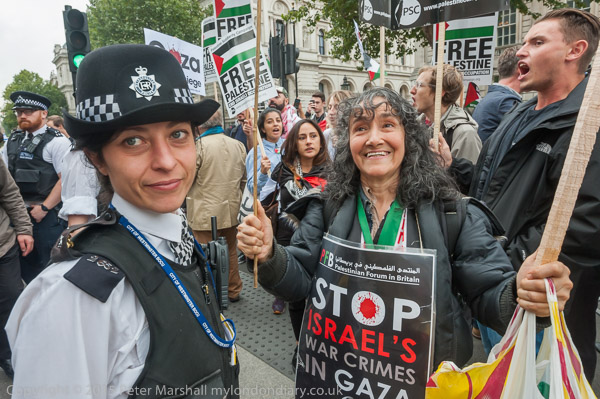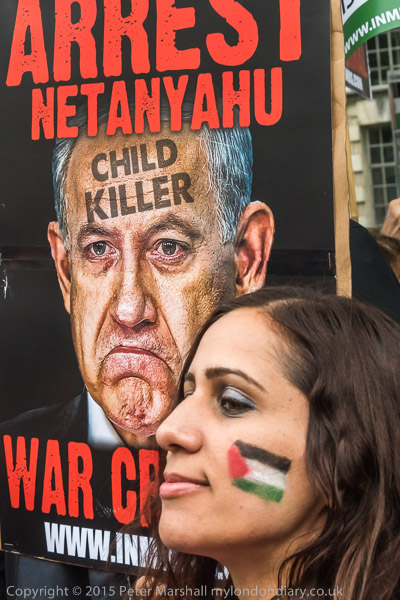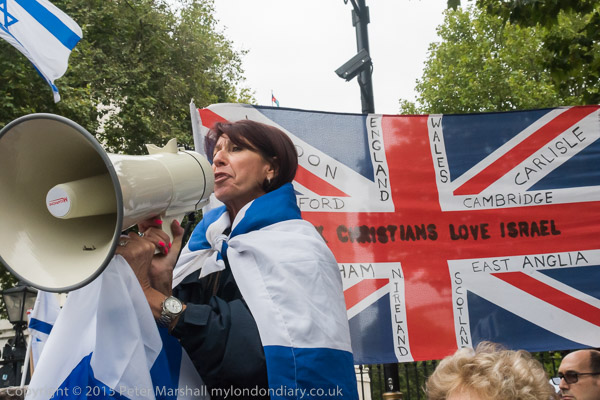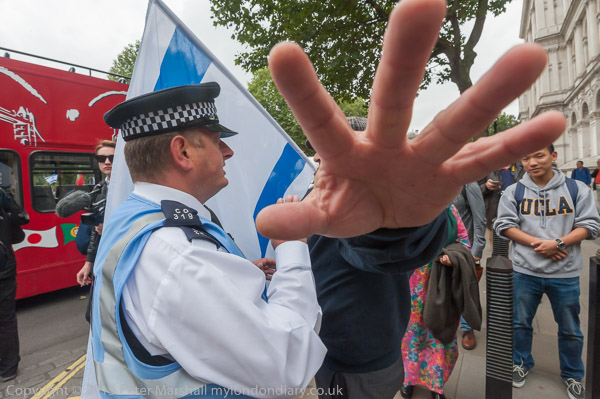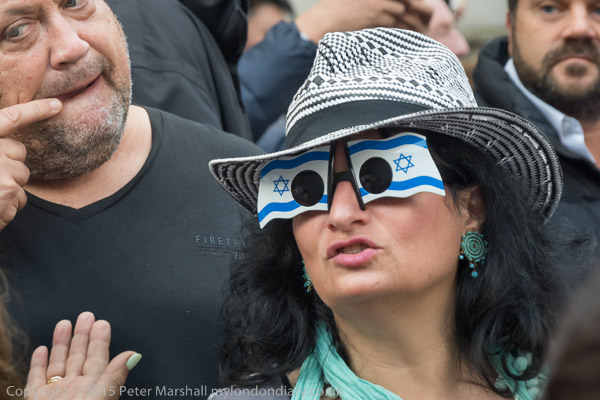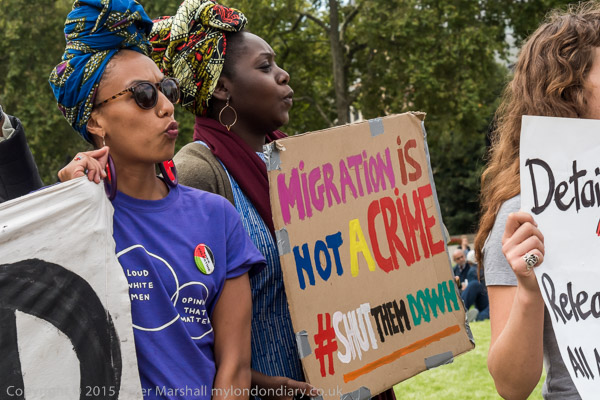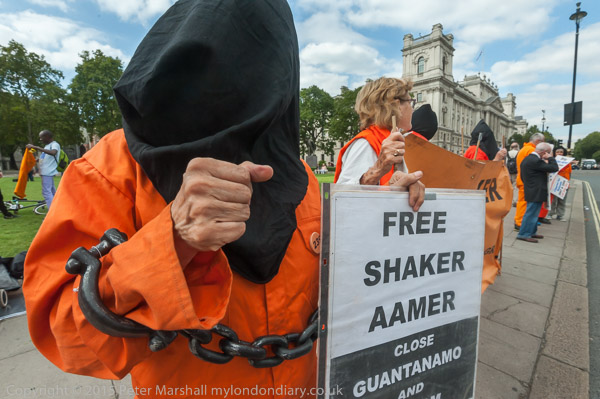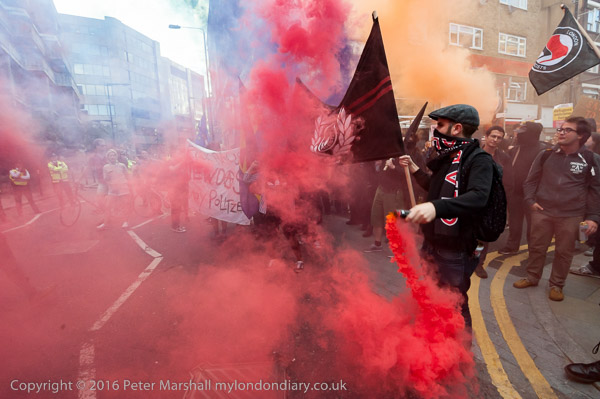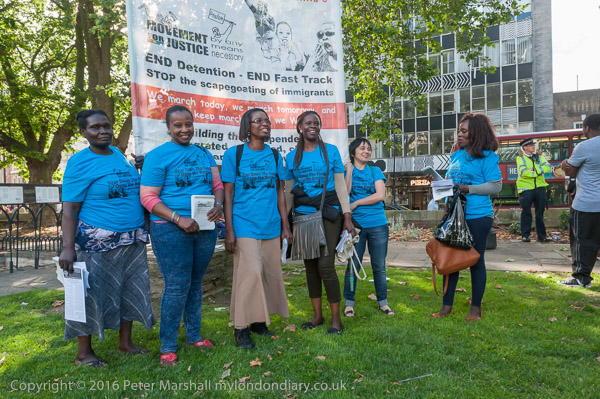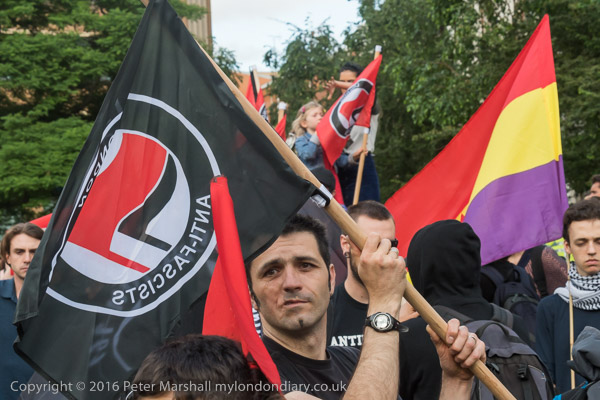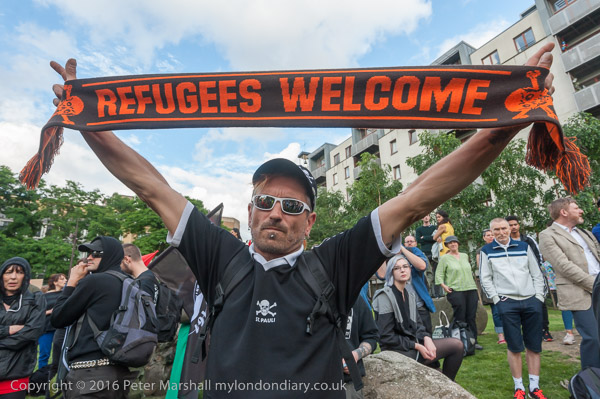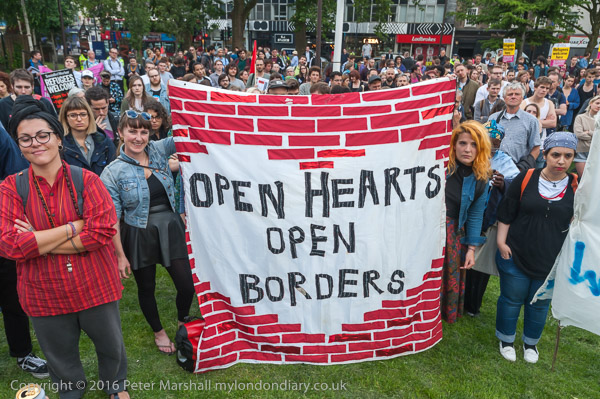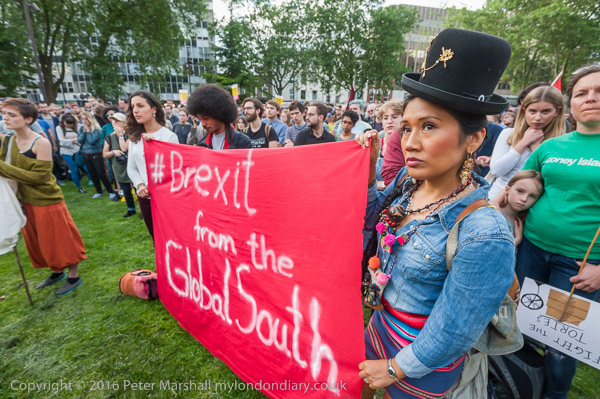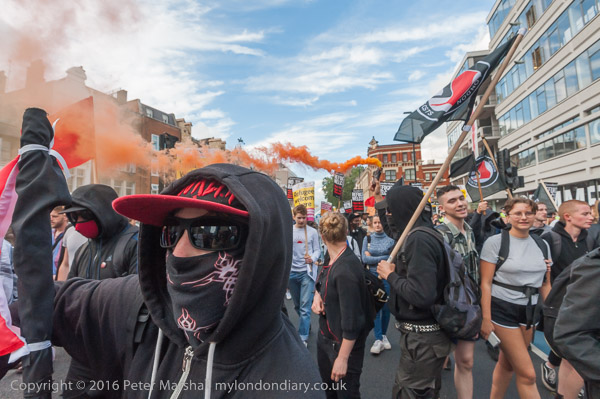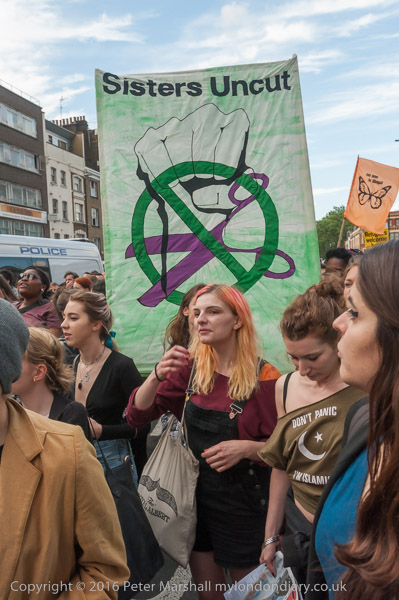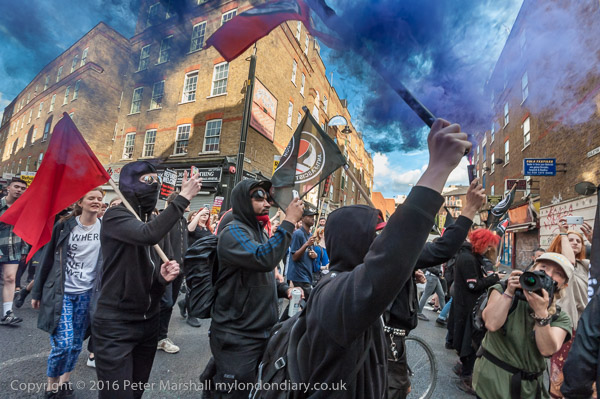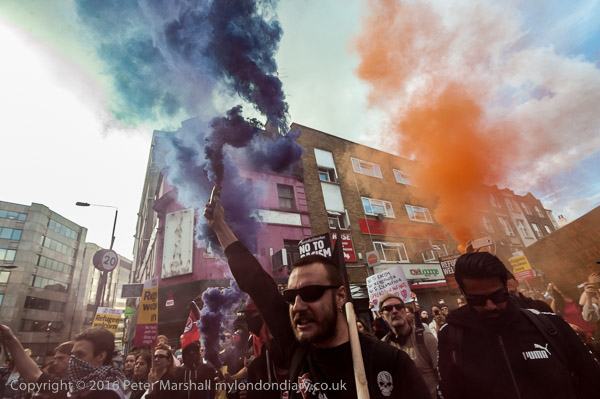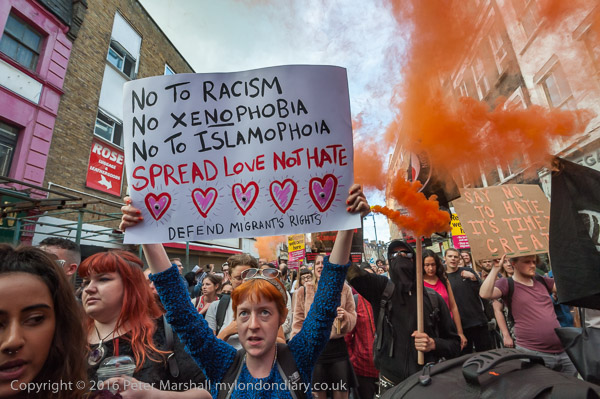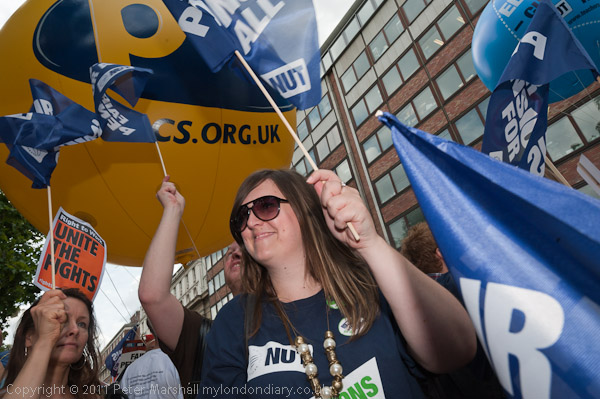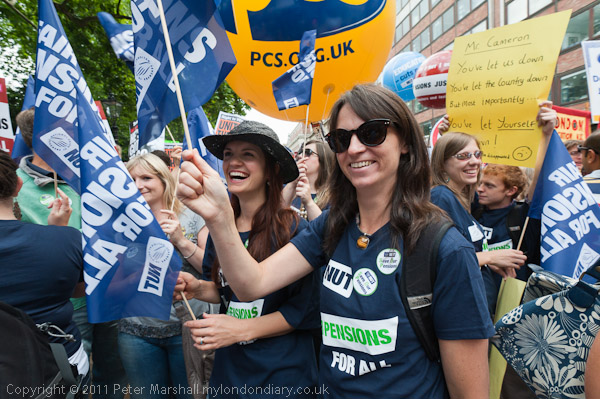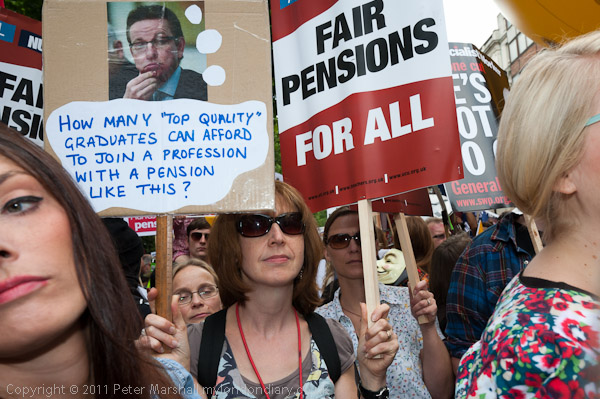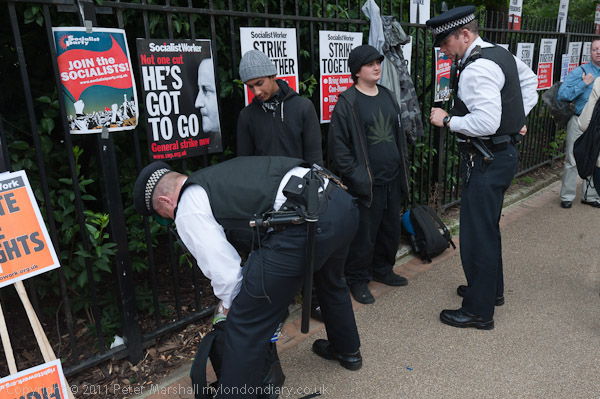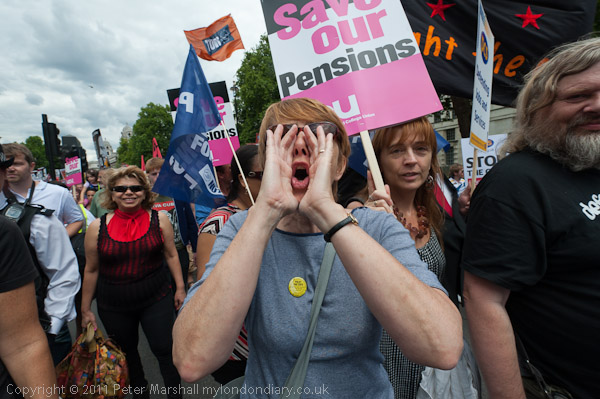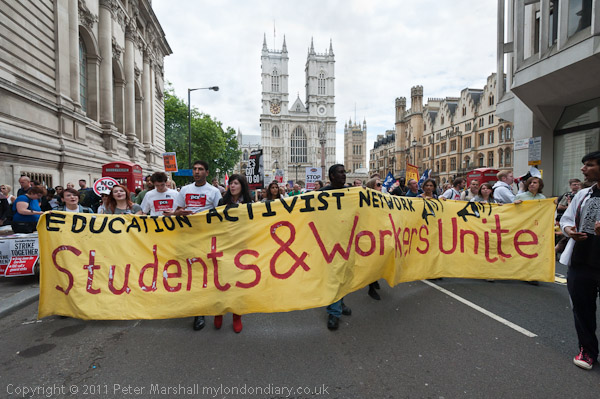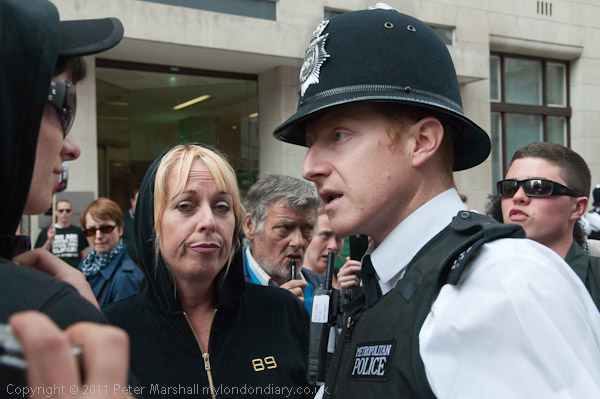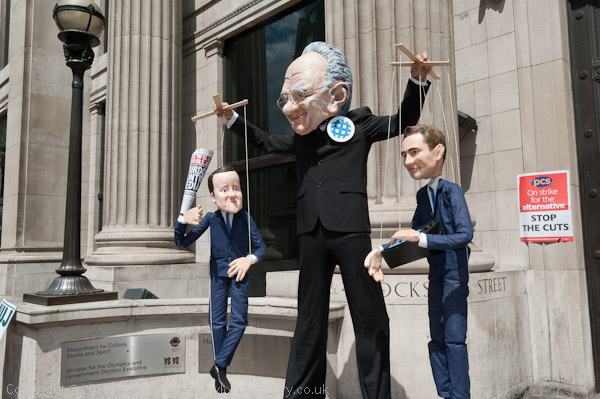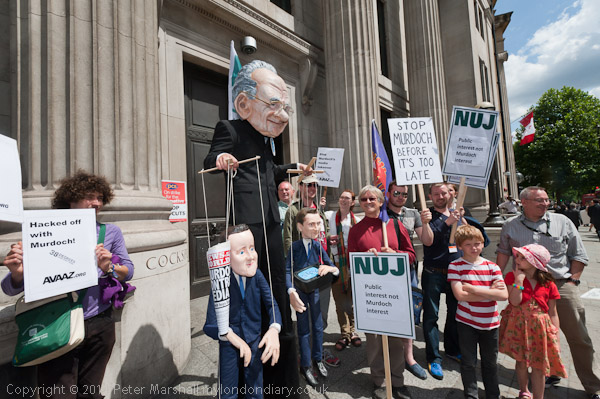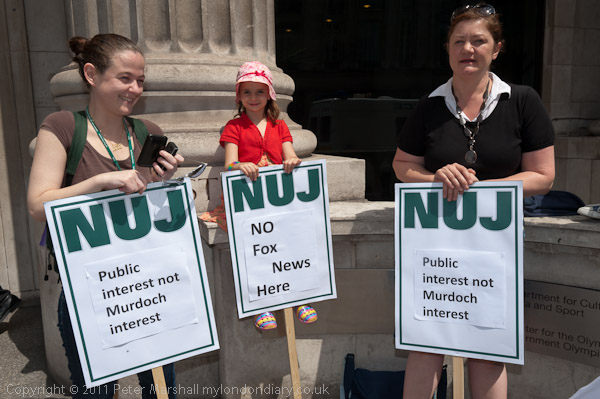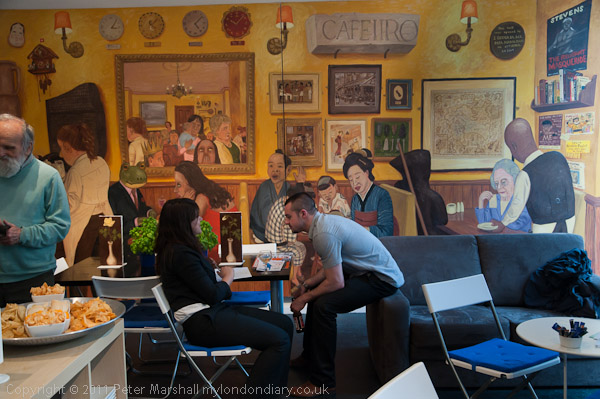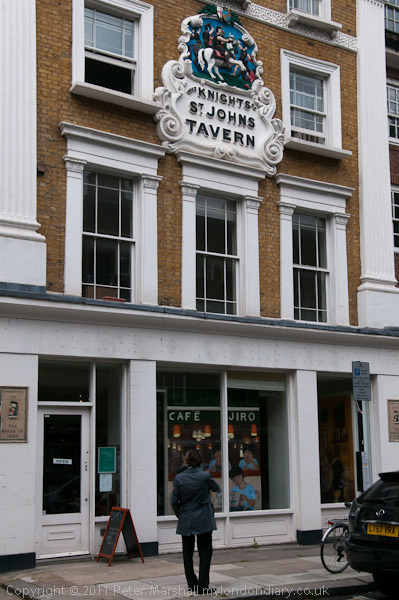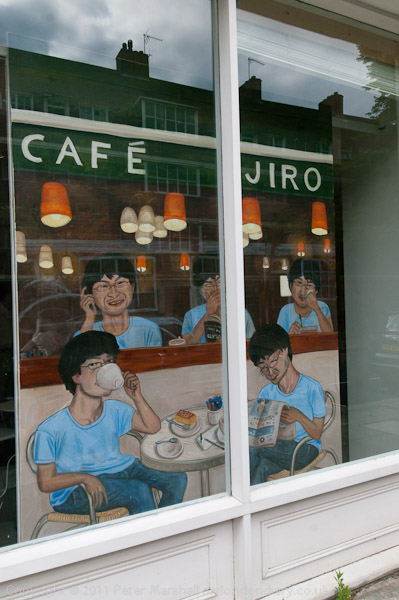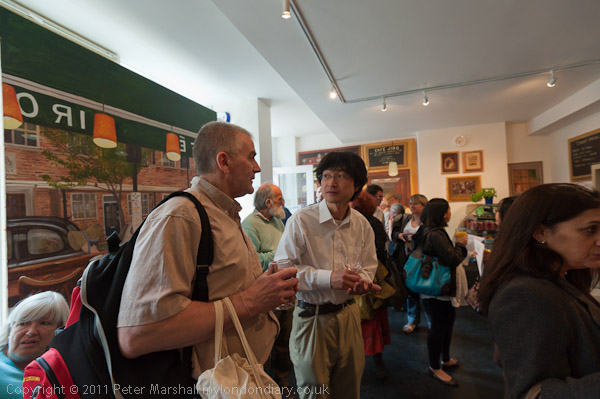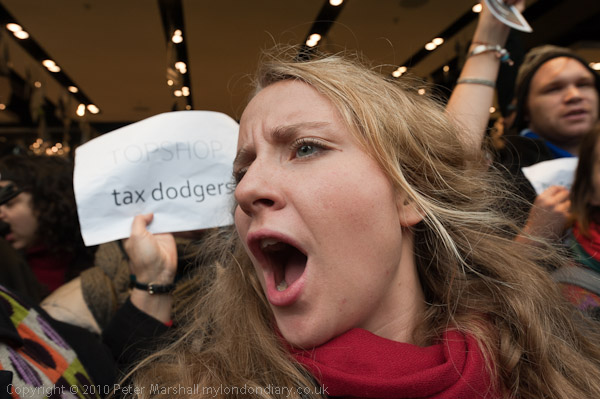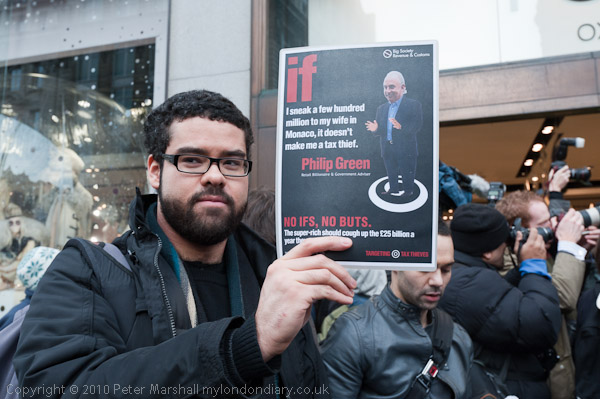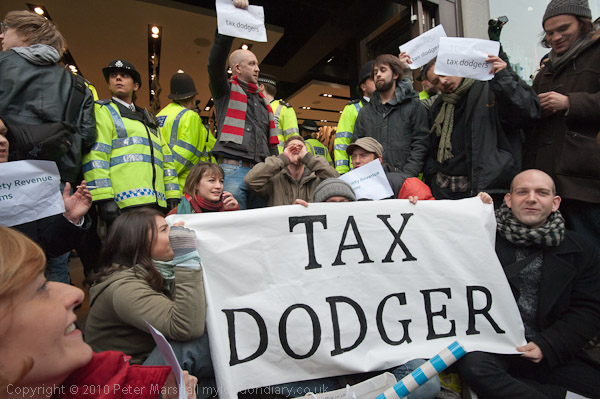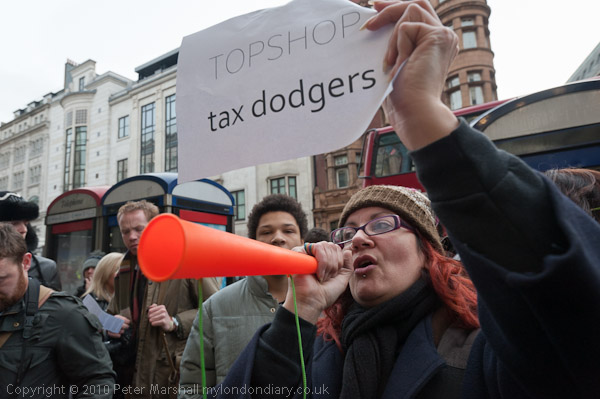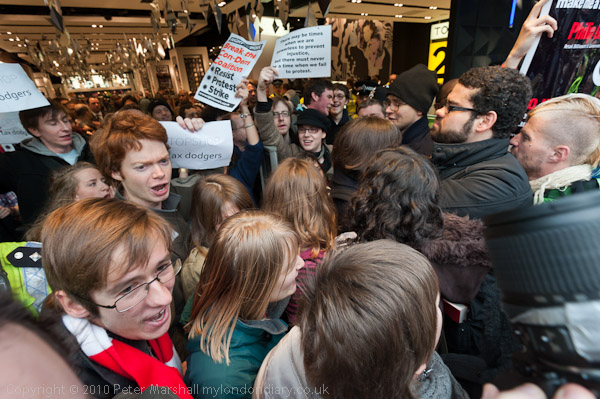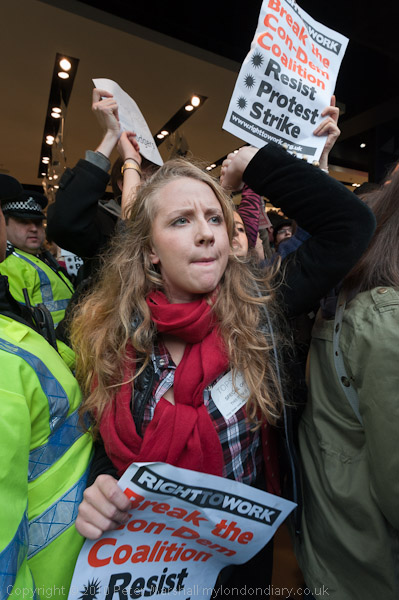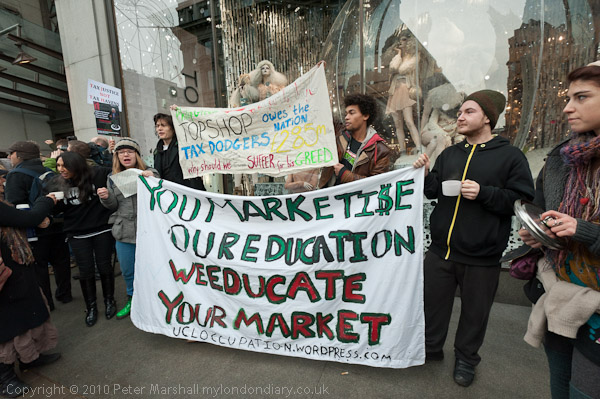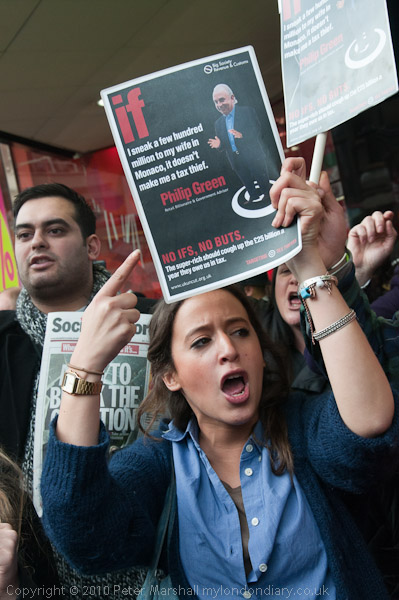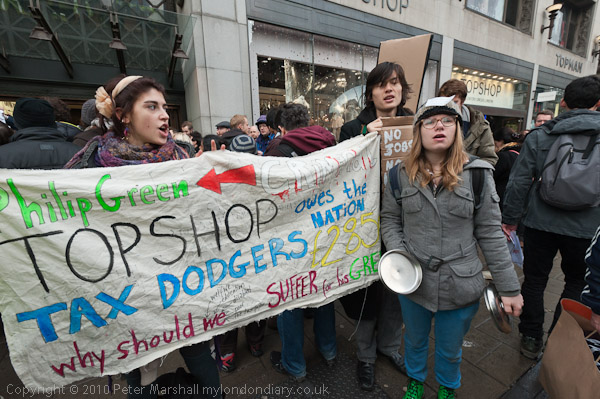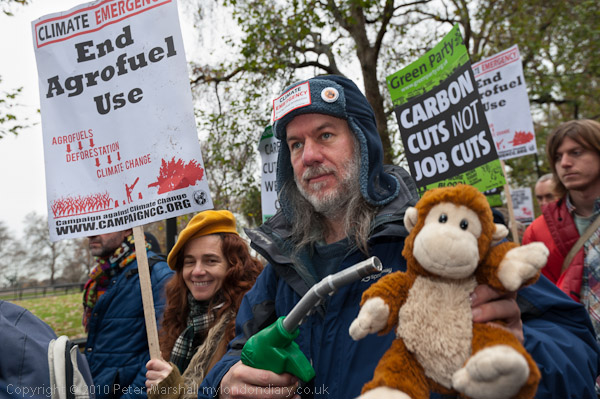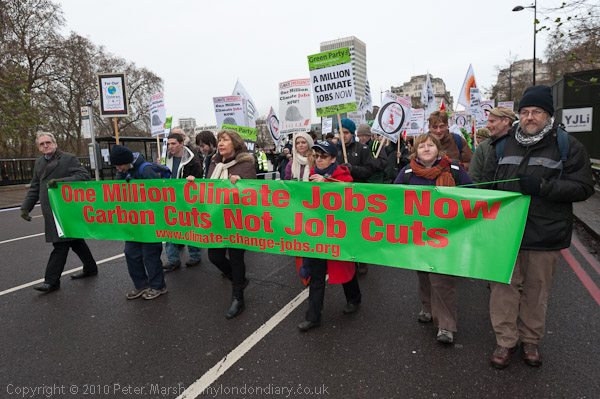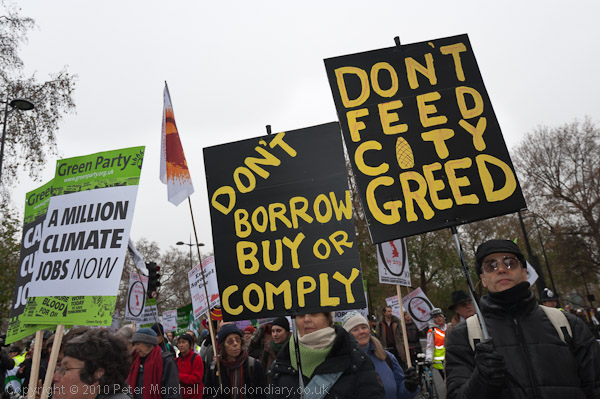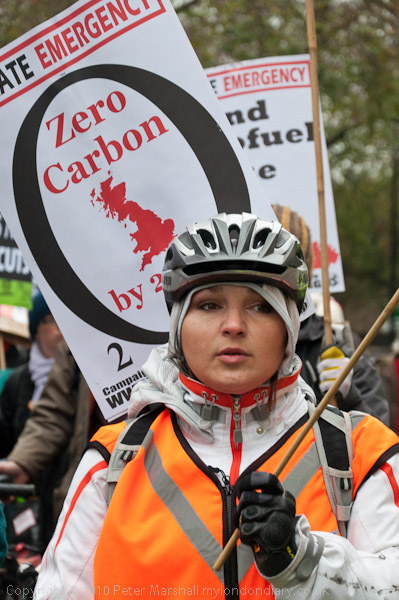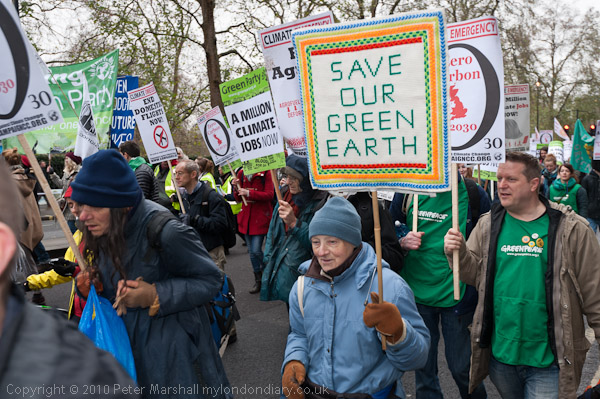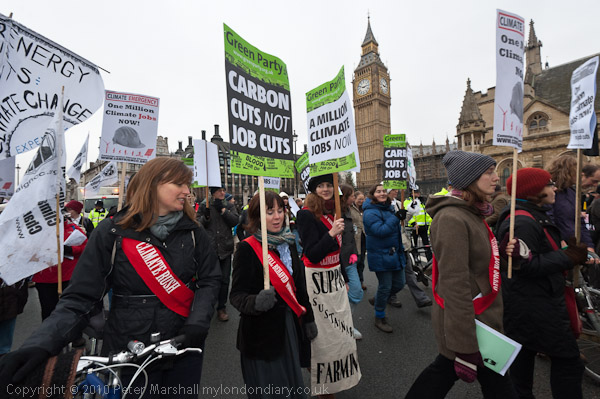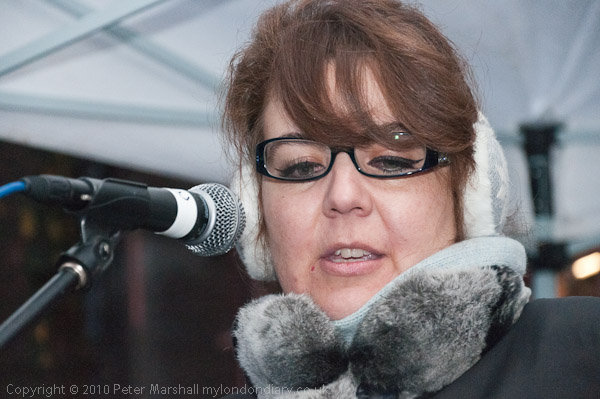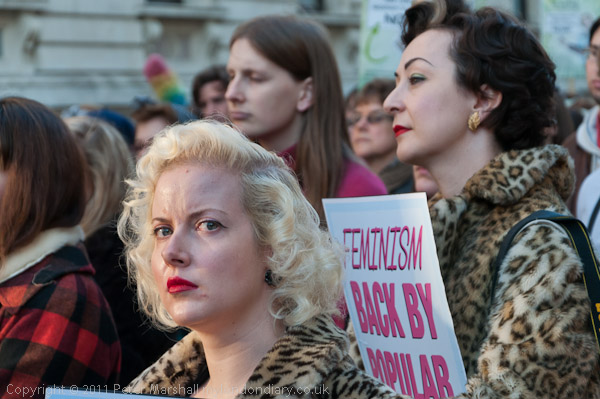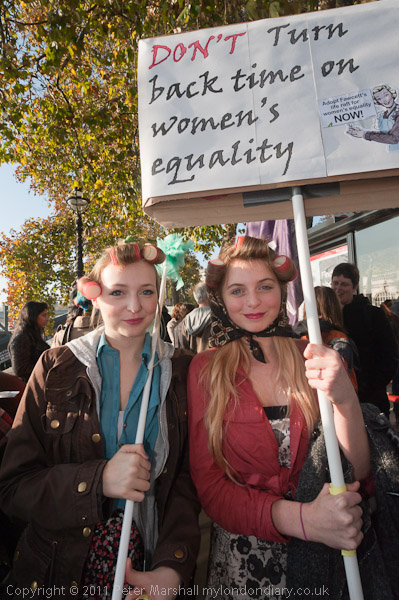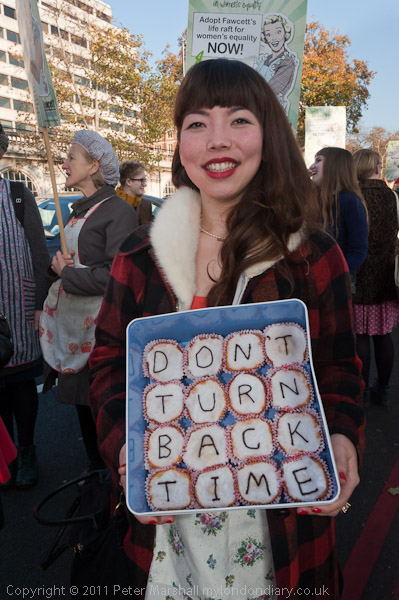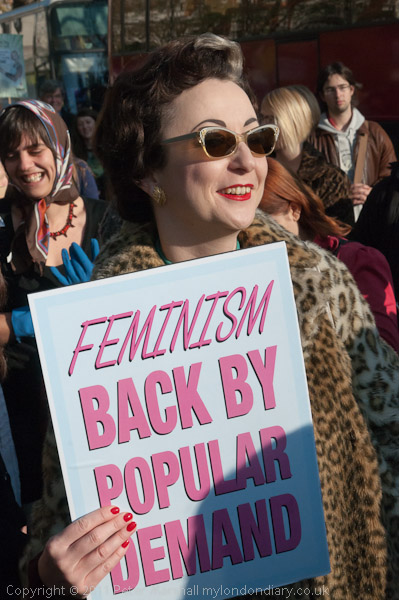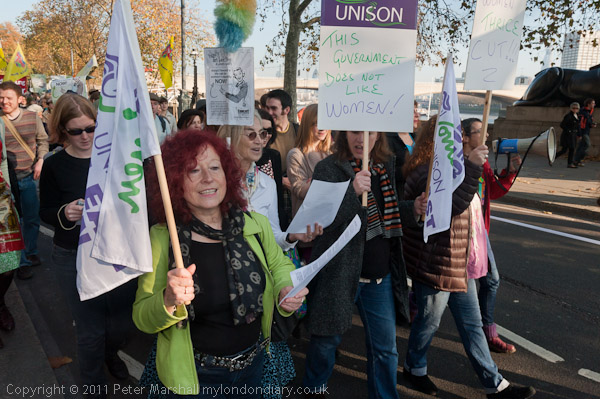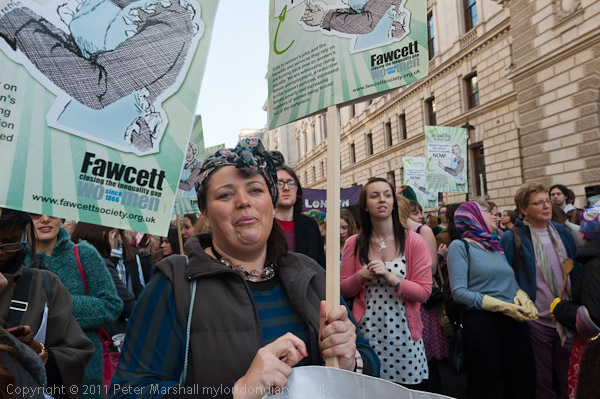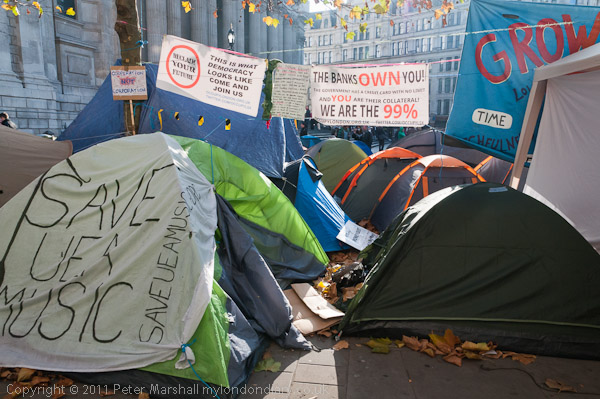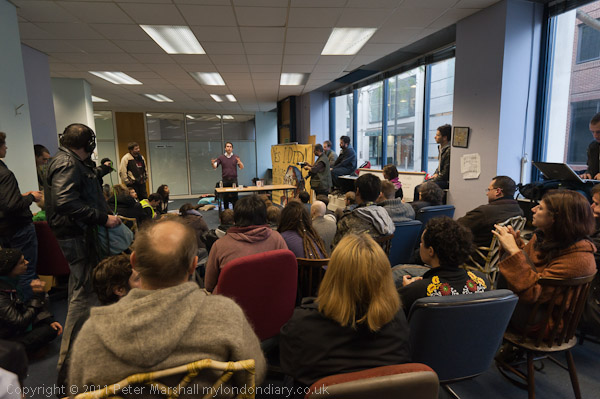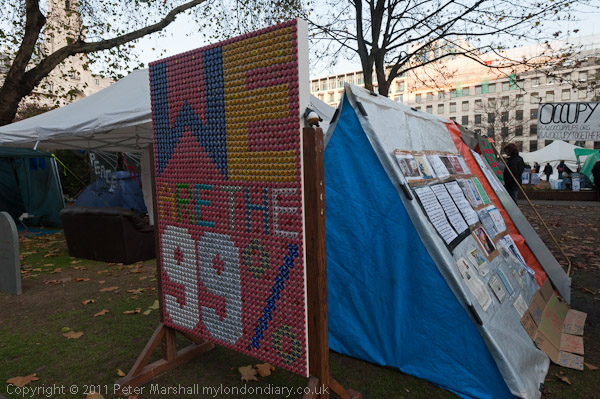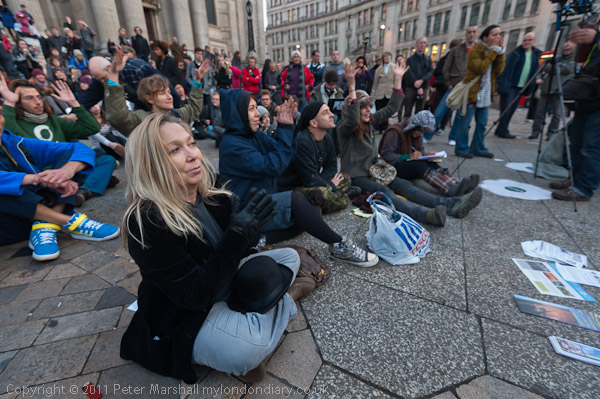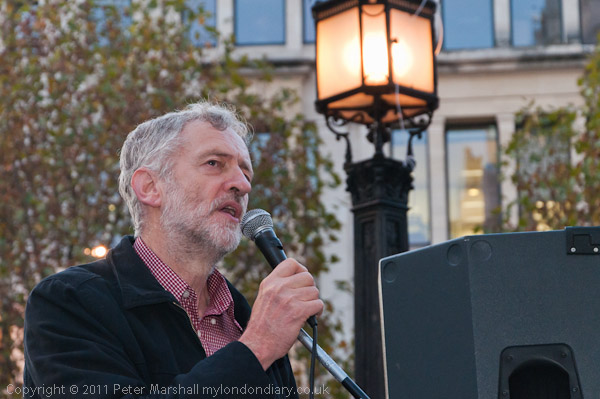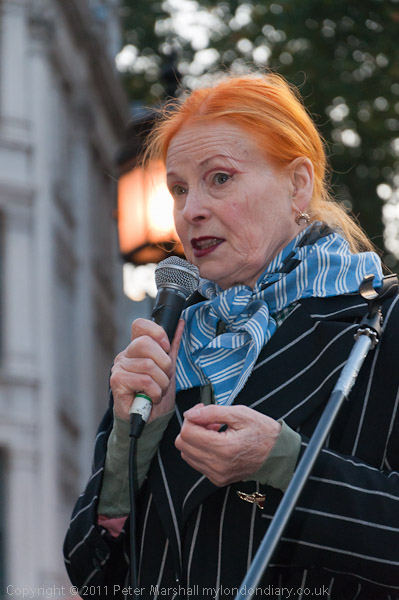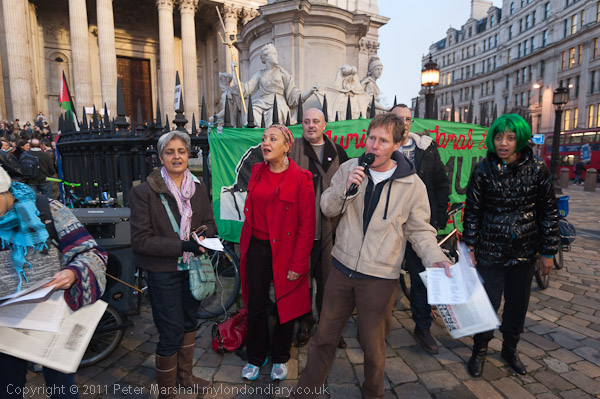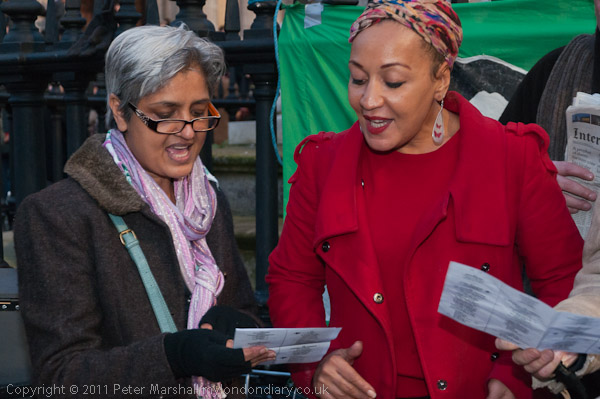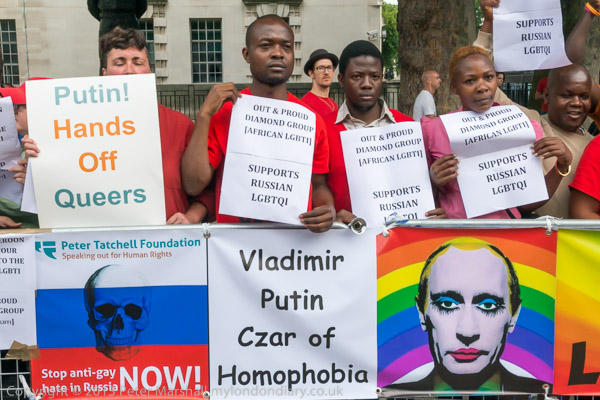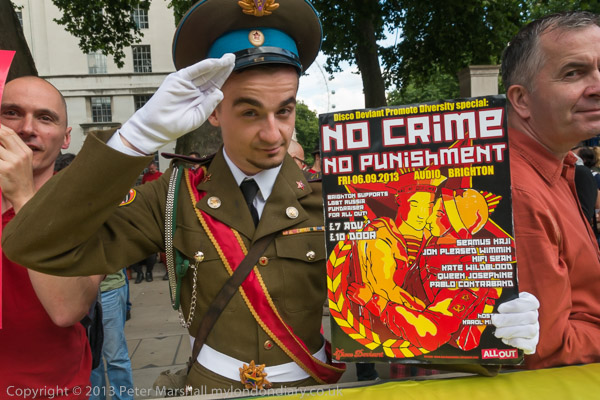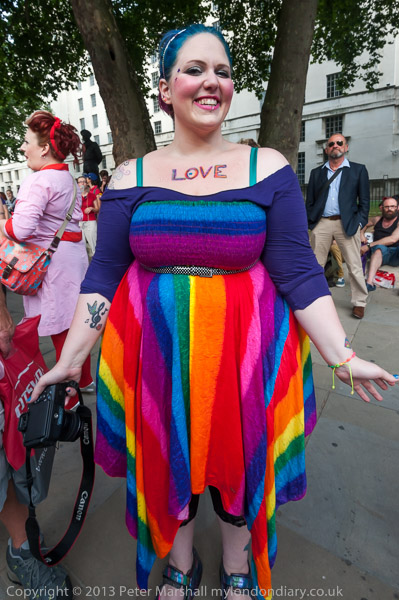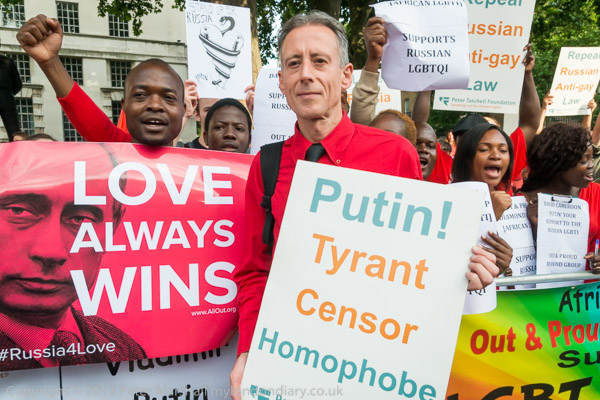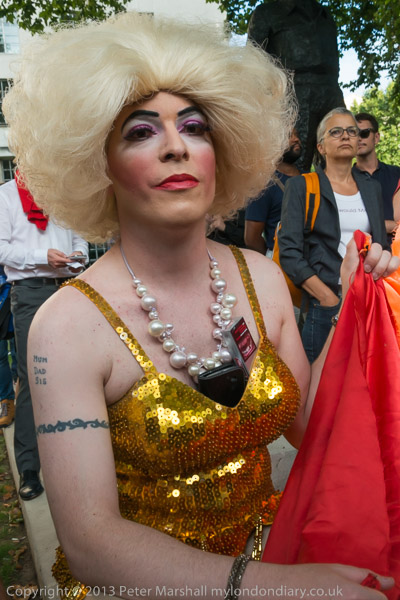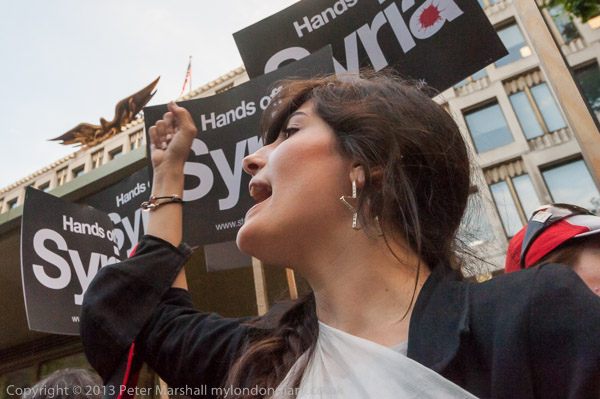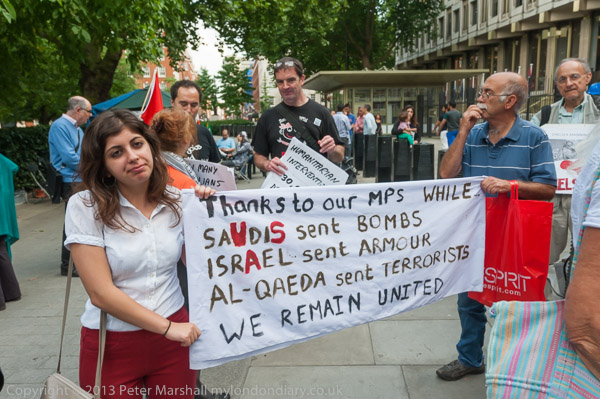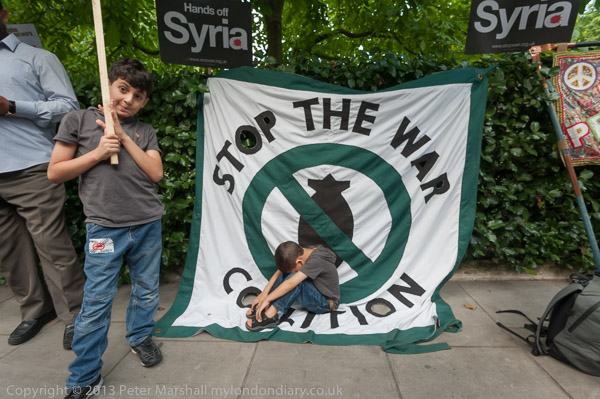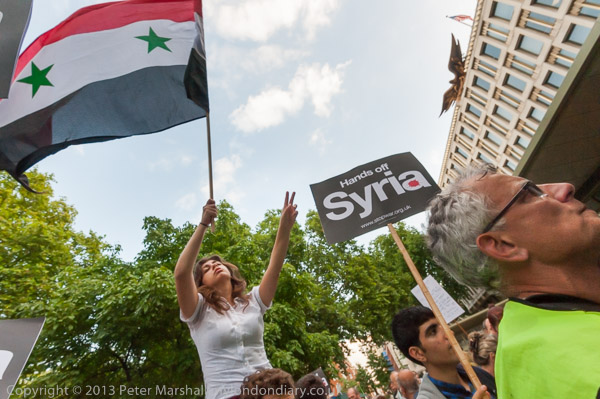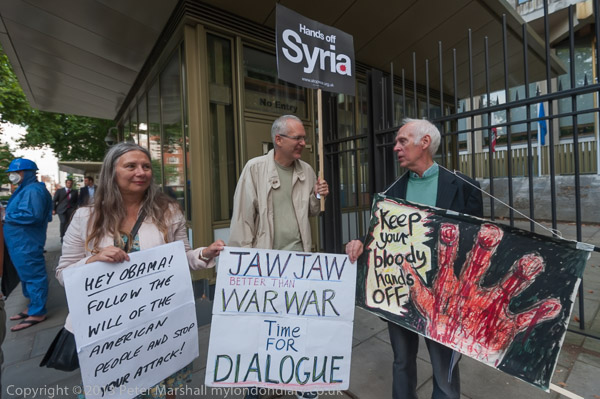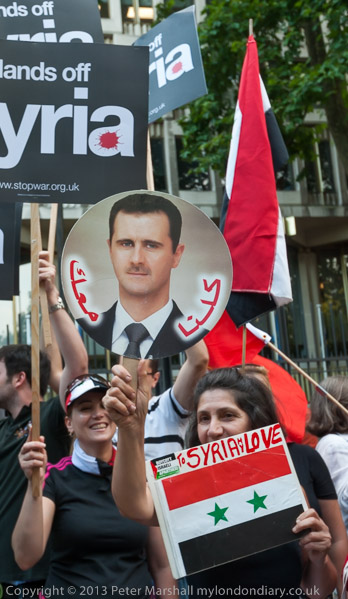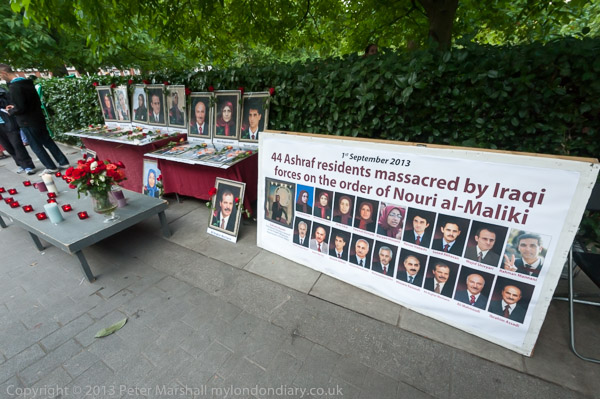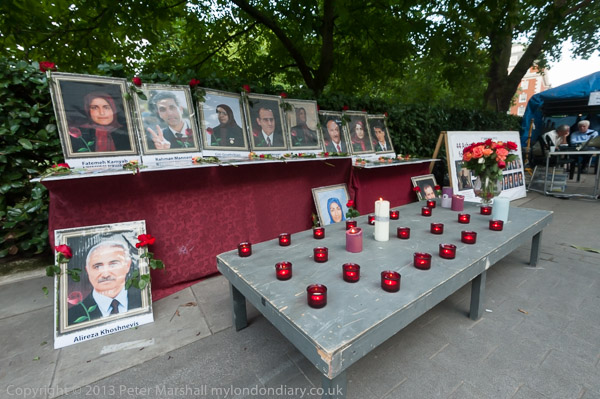People’s Vote March, Iranians & Veterans: On Saturday 20th October 2018 I photographed a huge march – newspapers said an estimated 670,000 people – marched in London demanding the Theresa May hold a new referendum now that there was new evidence and people were clearer what Brexit would mean – and how they had been criminally misled into voting leave. Of course the BBC report lost a zero in the numbers taking part. During the march I also took time to photograph a protest by the People’s Mujahedin of Iran, now exiled in Albania, against the Iranian regime, and Veterans United Against Suicide calling for more help for service men after they return home from wars.
People’s Vote March
Hyde Park Corner to Parliament Square
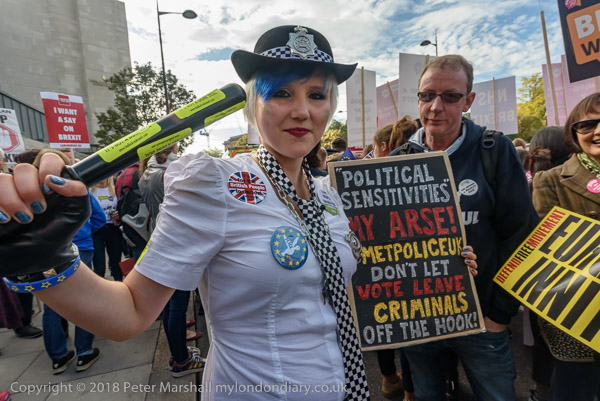
The 2016 referendum over leaving Europe was won by a relatively small majority – 52% to 48% – following a highly misleading ‘Leave’ campaign – remember that bus – but there was much more, hugely funded by people who would make large personal financial gains.
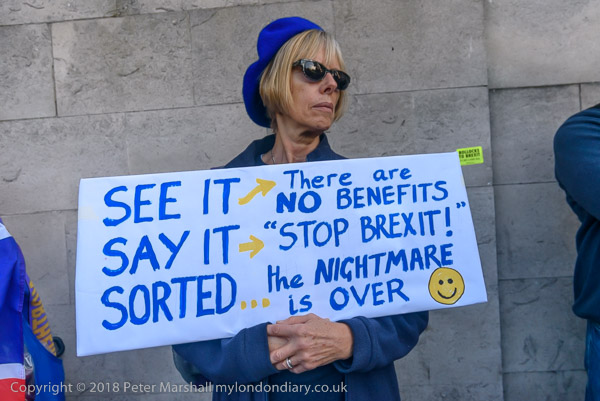
Nine years on from the vote, the Office for Budget Responsibility judges that “Both exports and imports will be around 15 per cent lower in the long run than if the UK had remained in the EU.” Last year a report by Cambridge Econometrics estimated that by then Brexit had cost the UK £140 billion and that would rised to £311 billion by the mid 2030s.
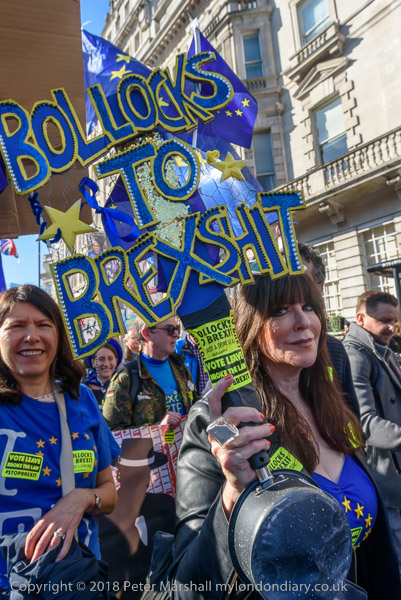
By 2018 it was already clear that Brexit would be a disaster, and it was a disaster that had been caused by David Cameron’s promise as Prime Minister that the result would be binding. It was seen by many as a crazy promise at the time – and we have been proved right. Britain has often prided itself on not having a written constitution – but if we had one it would almost certainly have saved us – as it would surely have required a more significant majority for any major constitutional change such as this.
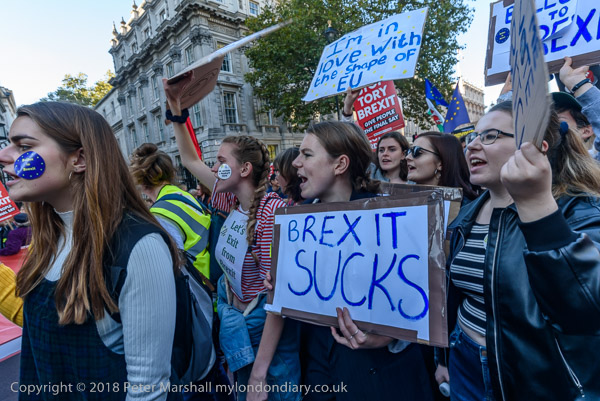
It isn’t of course sure that a second referendum would have produced a different result – the same dark forces that swung the first would have gone into overdrive, with an added level of opposition to the ‘people’s decision‘ being disregarded, and with the help of the billionaire media might even have led to a second vote to leave.
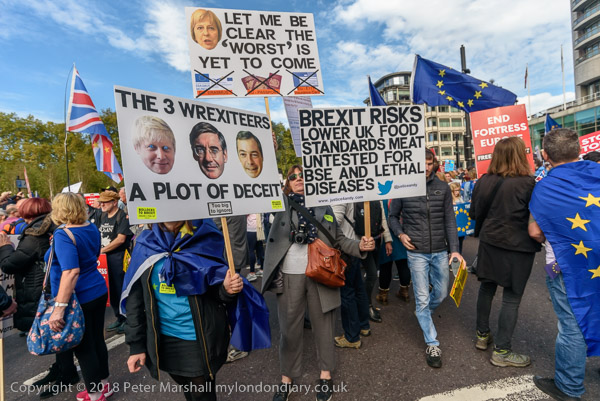
From the start at Hyde Park Corner the protest looked huge, with people spreading far up Park Lane and across into Hyde Park.
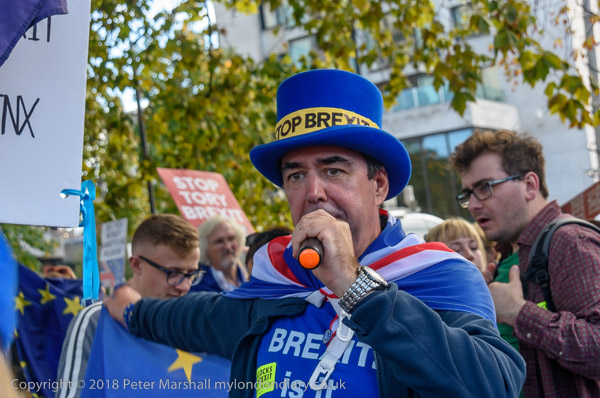
When the march was due to start one group, Movement for Justice was on the road in front of the official banners, along with more than a thousand other protesters and protesting noisily while refusing pleas from the stewards to get behind the main banner.
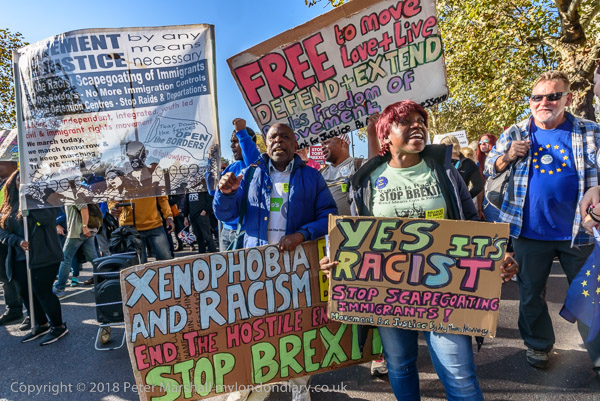
Although MfJ were protesting about Brexit, they made the point that this was racist and called for an end to the scapegoating of immigrants and an end to the hostile environment which is ripping families apart.
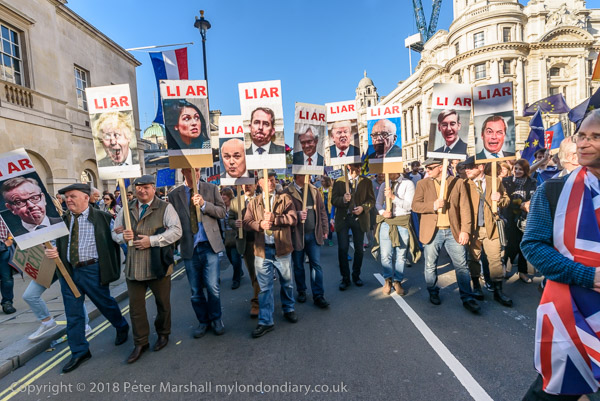
They demanded an amnesty for all people already present in the country and to an extension of freedom of movement in Europe to include the Commonwealth.
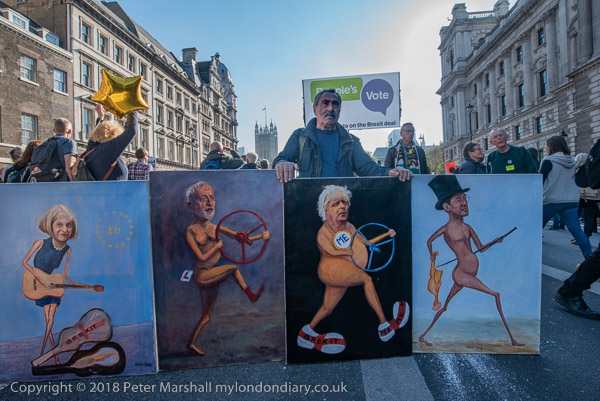
The march was delayed for some minutes until they had all moved off to march in front of the main march and after a good gap had opened up the main march began.
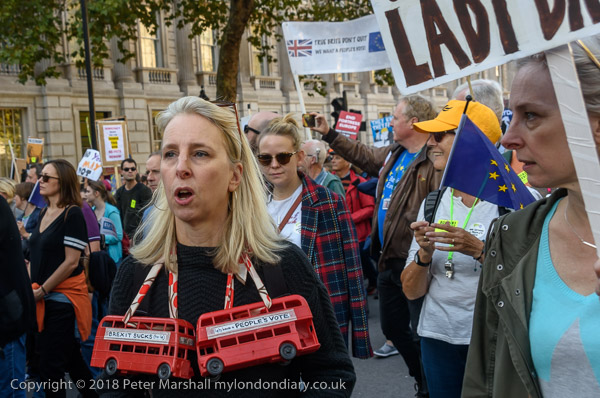
After photographing thousands of marchers coming out from Park Lane I left them and took the tube to Westminster meet the marchers at Parliament Square.
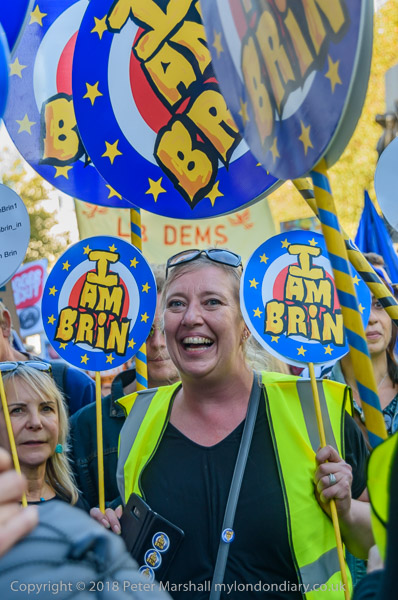
Thousands had come directly to the rally rather than march and Whitehall and Parliament Square were already fairly full before the main body of the march arrived. I made my way up Whitehall past Downing Street, but the whole area was jammed with people as I got close to Trafalgar Square.
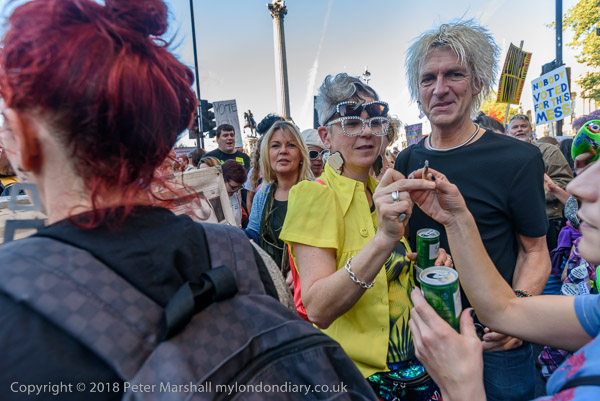
The top of Whitehall was jammed with people and the last 100 yards took me 15 minutes to get to where people were partying in the roads on the edge of Trafalgar Square.
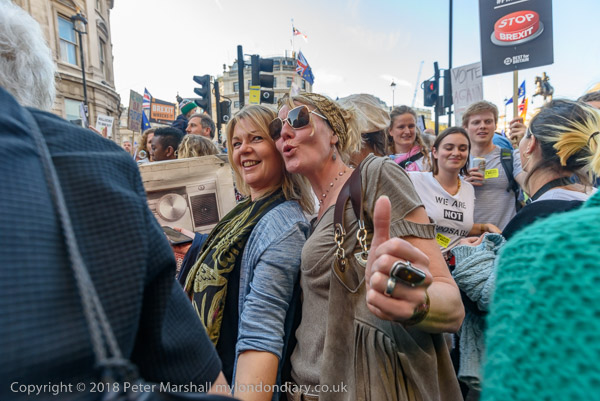
The press of people had brought the march to a halt, with people still packed along much of its route. Later I heard from people who had only got part way along Piccadilly that many marchers had ended there and crowded into Green Park.
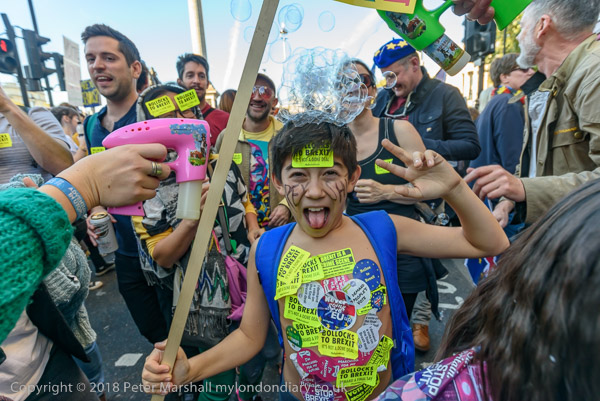
I had taken so many pictures that I decided to divide my report on My London Diary inato three parts:
People’s Vote March – Start
MfJ at People’s Vote March
People’s Vote March – End
People’s Mujahedin of Iran
Downing St
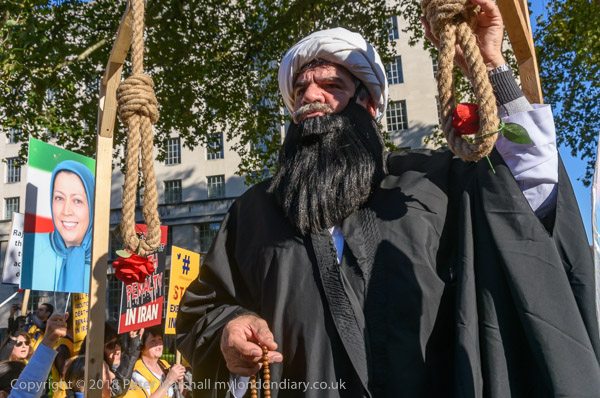
On the paved area opposite Downing Street I found the People’s Mujahedin of Iran (PMOI) protesting against the repressive regime in Iran, with gibbets and three women held in a prison cell illustrating their reign of terror and calling for an end to executions – something in which the Iranian regime leads the world.
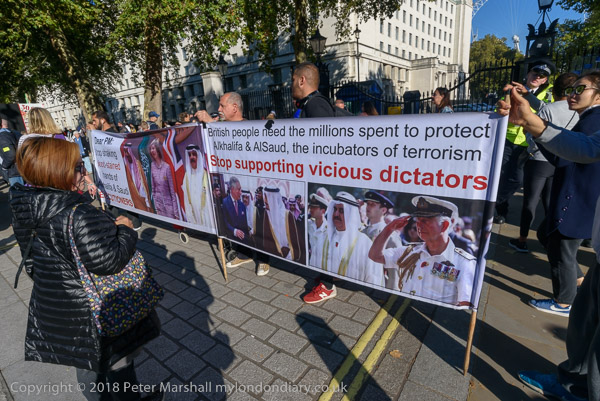
The PMOI, exiled from Iran and then to Albania, leads the National Council of Resistance of Iran (NCRI), based in France which calls for a modern legal system, gender equality and political and social rights in Iran.
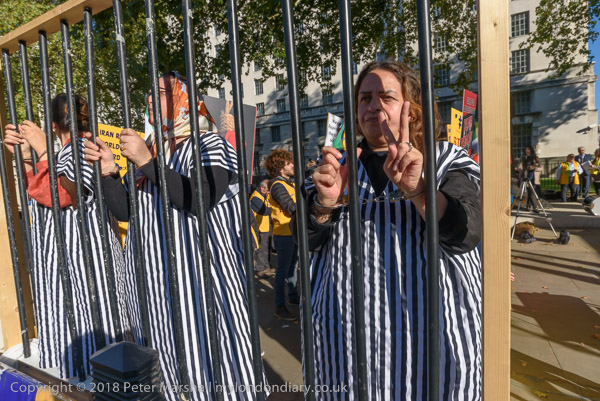
The PMOI appears to have little or no support in Iran but receives some support from US agencies and politicians as the preferred future government for the country. Both the USA and Saudi Arabia are said to provide financial support.
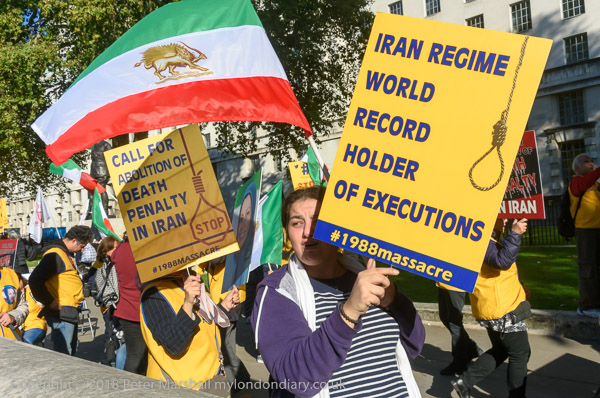
As a lengthy article on Wikipedia relates, there are many allegations about human rights abuses against its own members and its fraudulent money laundering and other financial arrangements.
Veterans United Against Suicide
Ministry of Defence
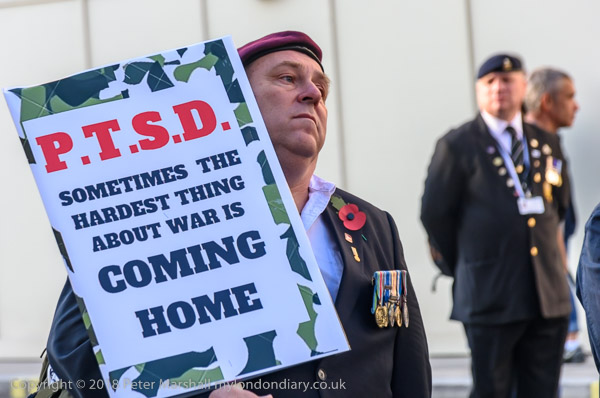
A few yards off from the march route outside the Ministry of Defence, Veterans United Against Suicide were holding a rally calling for more to be done to help service men and veterans in the fight against their developing PTSD and eventually committing suicide.
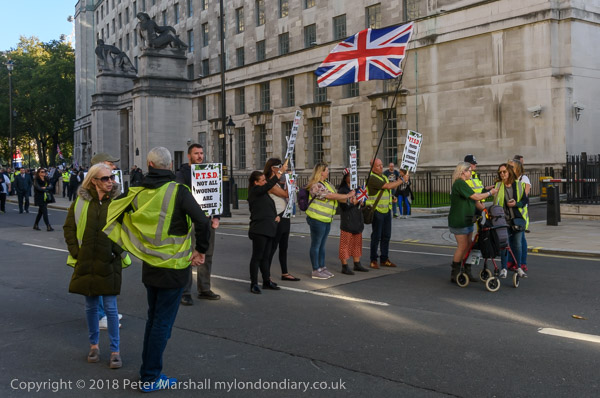
At least 47 current forces personnel and veterans have committed suicide this year, though the actual figure is thought to be considerably higher.
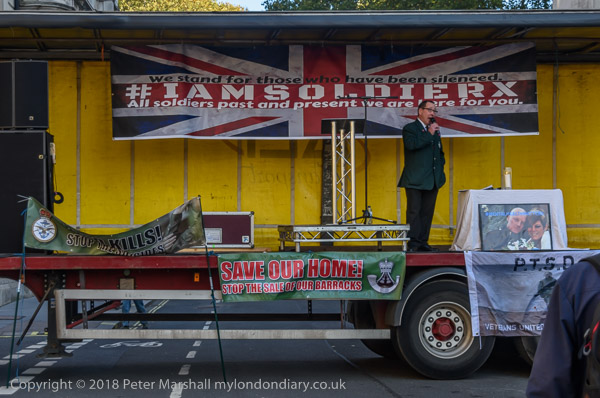
This was clearly a right wing protest and I did not feel welcome. As I wrote “The lorry being used as a platform also displayed a large banner supporting the soldier discharged for standing with Tommy Robinson in a photo used to publicise his extreme right-wing views. While I was listening a speaker was condemning a major forces charity, accusing it of fraud and failure to act over the mental health problems of serving and former members of the armed forces.“
Veterans United Against Suicide.
Flickr – Facebook – My London Diary – Hull Photos – Lea Valley – Paris
London’s Industrial Heritage – London Photos
All photographs on this page are copyright © Peter Marshall.
Contact me to buy prints or licence to reproduce.
